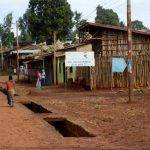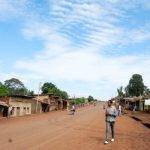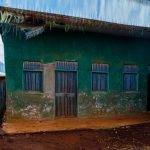
Damo

ETHIOPIA
Damo
This micro-lot of specialty coffee grows in the famous Sidamo region on the slopes of the Shanta Golba mountain. Sidamo is one of the 3 main coffee growing regions in Ethiopia and produces numerous high quality and specialty coffees. Ethiopian and in particular Sidamo coffees are characterized by featuring a nice acidity, with a citrus and fruity flavour.
Typology: Specialty
Region: Ethiopia – Sidamo
Altitude: 1.900 m
Producer: small local farmers
Processing station: Damo
Cultivar: Arabica – 74/158
Harvest: Picking (manual) January – March 2019
Processing method: Natural

Sensory analysis:
Aroma of jasmine and yellow fruits, with sweet notes of peach and tropical fruit jam. The cup presents a delicate acidity, very juicy and sweet flavour, with a full body.
Cupping score:
86/100
Cultivar 74-158
74-158 is one of the indigenous varieties of the Ethiopian Heirloom, a term that groups Ethiopian endemic cultivars. Not all varieties of the Ethiopian Heirloom have been cataloged. 74-158 has already been cataloged and is grown mainly in the southern part of the country, in the Sidamo area. Called Kurume by the locals, it is characterized by its particularly small grains, with an average size of 14-16, i.e. from 14/64 to 16/64 inches (0.5-0.65 cm). Its organoleptic profile is very peculiar and stands out for its iconic Ethiopian citrus flavor. It is particularly sweet thanks to the natural processing, and the intense notes of jasmine make it more special together with the fruity notes of peach and tropical fruit.

JOIN OUR NEWSLETTER
AND EXPERIENCE THE SLOW
COFFEE REVOLUTION TO THE FULLEST
Damo Station
The Damo station was acquired in 2017 by Asefa Dukamo Korma. Asefa also has other stations in the region like the Bombe station. Before 2016, the ECX (Ethiopia Coffee Exchange) mandated producers to sell their crops exclusively on the local market. Brokers became the middlemen between producers and washing stations but they did not redistribute their earnings to the farmers according to the quality of the drupes. This greatly reduced the transparency and traceability of Ethiopian coffees. Since 2016, this kind of broker activity has become illegal and producers can now sell their crops directly to washing stations. This allowed a big step forward in traceability and in fairly paying the producers. Asefa took the opportunity to develop quality relationships with the farmers of the area and pay them 20 to 30% more than the average rate. The importer who supplied this coffee to Garage Coffee Bros has been working with Asefa since the first day he bought the Damo station and allows the entrepreneur to give out a premium for the quality of the cherries, that is used for the implementation of floating tanks or to reward coffees which received an SCA score higher than the estimated one, many aspects that not only allow for a greater quality in the coffee but also to improve the lives of the farmers and the whole coffee chain. Thanks to all these efforts, the production of the Damo station has tripled in recent years.
The processing
After being picked by hand and brought to the processing station, the cherries undergo a very rigorous selection that is carried out in two stages. In the first place, some are discarded according to visual criteria; all drupes that are too ripe or not ripe enough or all fruits that show defects are removed. Second, they are put in fresh water, and the cherries that float are also discarded. Next, the drupes are brought to the shaded fermentation tanks. This coffee was processed with the natural method which means it was spread on raised beds where it slowly dried for 22-25 days. It is not easy to maintain optimal conditions to avoid perfectly ripe drupes from over fermentation. The covering of the fermentation sites protects both the workers and the coffees being processed from external elements and rain that could ruin the work. Furthermore, drying is monitored very carefully and the cherries are turned by hand daily.
Photo credit: Garage Coffee Bros
The roasting
After processing, the coffee is divided into 60 kg Grainpro bags and exported to Europe. Garage Coffee Bros chose this coffee because of its unique profile for an Ethiopian coffee and carefully roasted it to enhance all its flavours. Davide gave us an insight on the roasting profile he has chosen to enhance this Arabica. After pre-heating the roaster to 170 ° C, the green coffee beans are added. As with baking bread, the temperature drops drastically and then rises constantly until the first crack at 185 ° C, reached in a little more than 6 minutes. The crack defines the moment when the CO2 contained in the coffee beans breaks the “wall” of the beans to be liberated from it. With increasing temperature, the gases naturally contained in the beans expand, increasing the pressure to the point where the structure of the bean gives way and fractures, expanding in volume and releasing the gases. This roasting event was defined with an onomatopoeia because the careful ear of the roasting master can actually perceive this sound and recognize the cooking stage not only by the colour of the roast.
For a light roast, the first crack is fundamental as it is necessary to complete the process within a short time. For Ethiopia Damo, Davide stopped after 2 minutes from the crack to immediately pour the beans into the cooling tank and stop cooking. The degassing phase that starts during the roasting process, continues intensely for some days of “maturation”. With his roasting profile, Davide recommends waiting for the complete maturation of the roast before its use in order to fully savour the extraordinary nature of this coffee. The last CO2 residues are then released during the grinding and are visible during the blooming in the event that little time has passed.
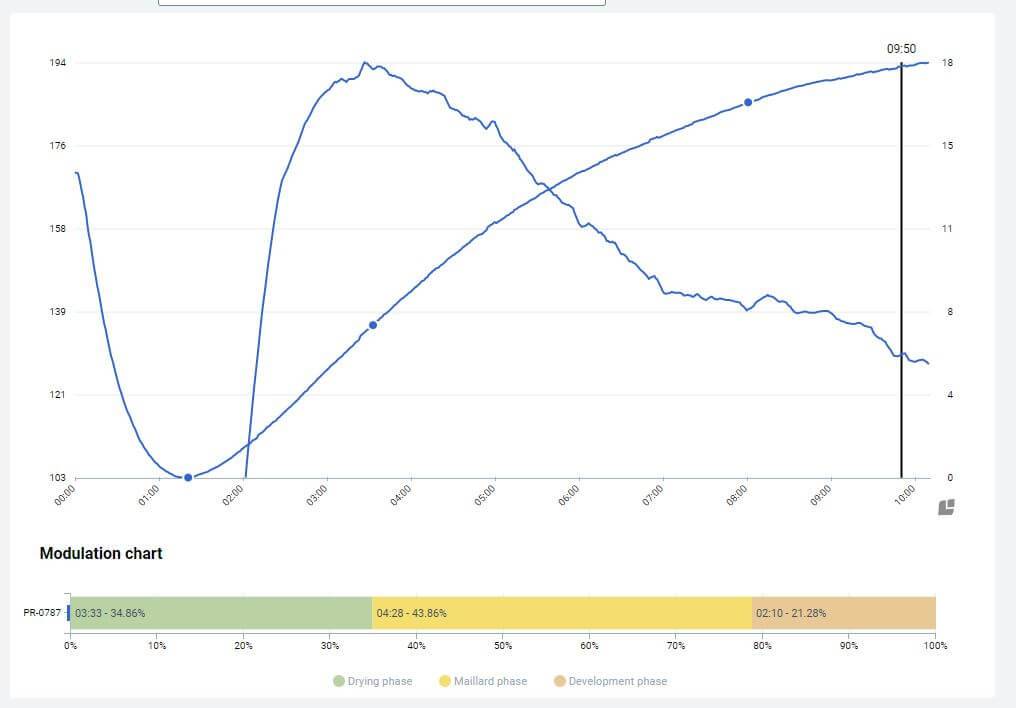


CHECK OUT THE GROUNDTOENJOY FORMATS AVAILABLE WITH THE ETHIOPIA DAMO COFFEE
ROASTED BY GARAGE COFFEE BROS

DO YOU HAVE ANY QUESTIONS ABOUT THE WORLD OF ESSENSE?
CONTACT US! WE WILL BE MORE THAN HAPPY TO SHARE WITH YOU OUR PASSION FOR COFFEE


